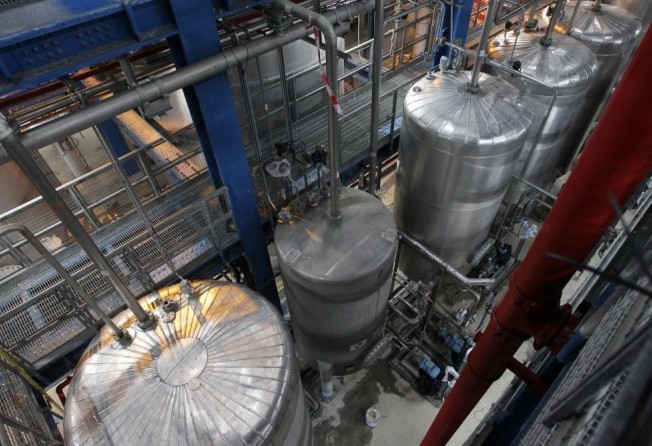International cooperation helps fuel energy boom

When China’s State Council published its updated energy plans in mid-November, it targeted energy consumption growth to taper down to 3.5 per cent by 2020 even while non-fossil fuels rise to 15 percent of total energy, according to Xinhua.
The plan further cements the emerging trend in China to use high technology and the knowledge gained via international partnerships to meet China’s growing energy demands while limiting carbon emissions, which are set to peak in 2030 per a recent agreement with the United States.
Historically, “the bulk of energy in China was supplied by coal”, says Al Troner, the former president of Asia-Pacific Energy Consulting. Oil was then added to the mix and gas is a more recent addition, he notes.
In recent years, the response of domestic energy companies to growing demand has been to look outside China for resources and for partners who have the technology and know-how to produce energy from more sources and more productively. “Partnering outside [China] is about looking for resources”, says Lin Boqiang, director of the China Centre for Energy Economics Research at Xiamen University. Working with partners in China is more about business models, he adds, citing the pursuit of shale gas technology as an example.
Chinese firms are now investing more money in renewable energy than those of any other country in the world. Companies plan to add as much as eight gigawatts of small solar systems, which is a ten-fold annual increase, according to research by Bloomberg. This kind of growth is luring foreign companies to invest in the local market.
One example is American firm SunEdison, which is partnering with a domestic Chinese company on a US$220 million fund for solar projects. The US firm Solar Power Inc., which is allied with Chinese manufacturer LDK Solar Co., plans to build in Shandong province up to 19 megawatts of rooftop solar power systems.
Joint ventures in energy development also occur outside China’s borders. Chinese drilling crews have a reputation of being “good, cheap and professional” says Al Troner. He cites the case of Iraqi-Chinese consortia developing oil fields in Iraq as an example of successful international partnerships in the oil sector. PetroChina is Iraq’s single-larger oil sector investor. CNOOC and Sinopec collectively account for upwards of 20 per cent of Iraq’s oil projects.
Over the long term, Lin Boqiang sees nuclear power as an important part of China’s energy mix. “It’s economical and clean, and we may see approval for new facilities in the next year”, says Lin. There too, foreign technology has a role to play. New plants using AP1000 technology from Westinghouse Electric are coming online in Sanmen and Haiyang. Further deals may be worth up to US$20 billion, according to Westinghouse president and CEO Danny Roderick. French companies like Areva and Electricite de France are also deploying their technology at nuclear plants in China.
The gap between domestic and foreign technology in any given energy sector tends to diminish over time. Solar power generation used to be driven by “foreign technologies but after 10 years of development [local firms] are becoming more expert”, says Lin Boqiang. “Something similar happened with wind power and nuclear may be the same in the future”, he adds.
When shale gas upended the American energy market, Chinese companies quickly took notice, not least because China is estimated to have the world’s largest reserve of technically recoverable shale gas. While domestic companies like China National Petroleum Corp (CNPC) and China Petroleum Corp (Sinopec) have operational shale gas fields, production has proven trickier than expected.
Local firms know that “operational experience helps you get up the learning curve quickly”, says Al Troner. While Royal Dutch Shell and Hess have production sharing contracts, projects in this sector have been slow to take root and China's National Energy Administration this summer halved its prediction on shale gas output by 2020.
Looking forward, industry experts predict that coal will wind up playing a smaller role in China’s energy mix, although “backing out coal is a tremendous task”, says Troner. Significant production of energy over the next few years will have to come from nuclear, notes Lin. “Wind and solar are almost here in volume, though it will be at least five years for shale”, he adds.
For the energy boom to translate into a sustainable future, the ways in which energy is produced and consumed will have to change, says Lin. “While the economy depended on energy in the past, it will depend less so as the economy changes, energy intensity goes down and the economy moves toward the services industries”, predicts Lin. “Progress will be slow but definite”.
Al Troner echoes the sentiment. “A generational change in thinking is occurring, it’s a generational change that is willing to do things differently to continue a lower but more sustainable rate of growth”, he says.